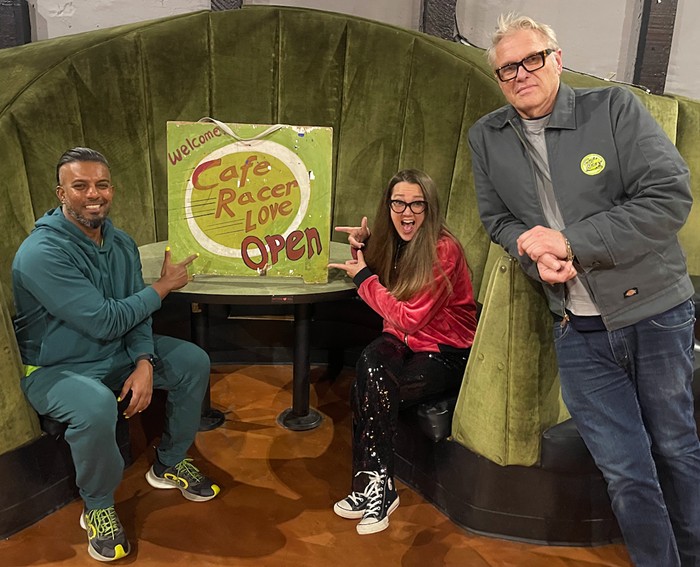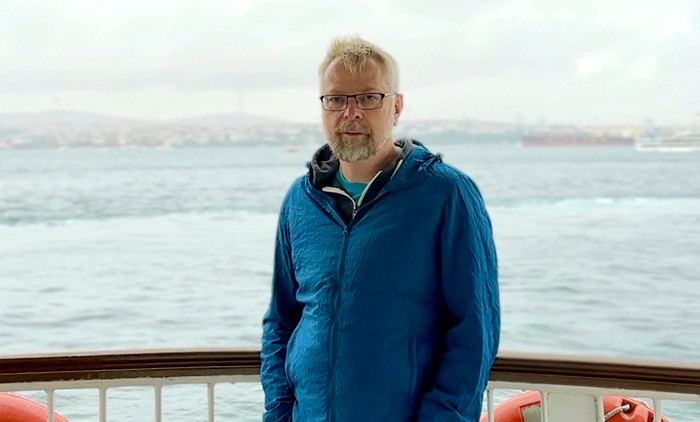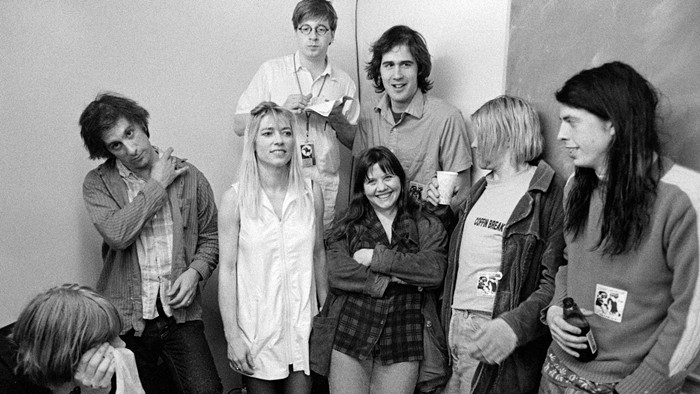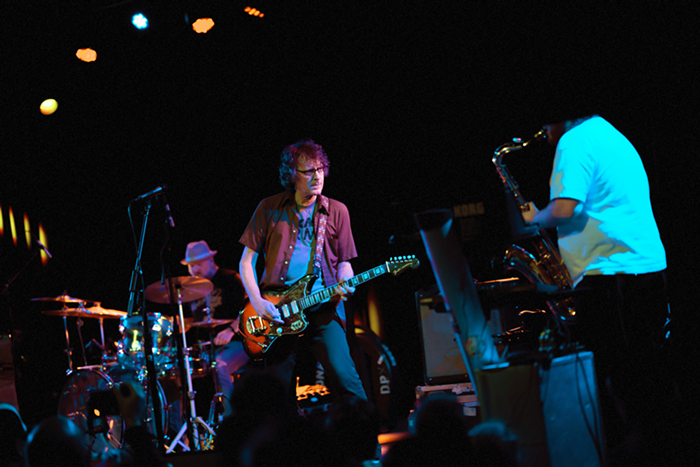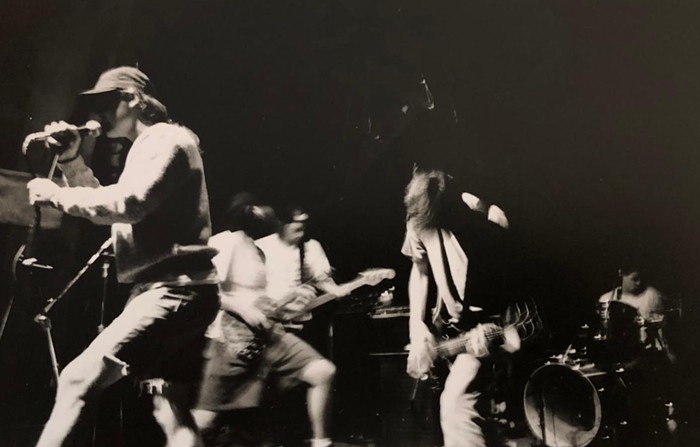To my surprise, the phone call went well: I didn't scream, cajole, or otherwise rant. Instead, I just learned that the Seattle Local 76-493 of the American Federation of Musicians would "seriously consider" extending membership to a musician whose sole instrument is the record player. Ten years ago, the AFM told me—even after I described the turntable explorations of John Cage, Pauline Oliveros, and Christian Marclay—that "DJs are not musicians. Anybody can play records" and that "the record player is not a musical instrument."
Who were the first musicians to use the phonograph as a musical instrument? Chris Cutler, in his seminal essay "Plunderphonics," unearths proto-turntablist-cum-composers Paul Hindemith and Ernst Toch, who collaborated on three recorded studies called "Grammophonmusik" in 1929. A decade later, Cage included two variable-speed turntables in the eerie Imaginary Landscape No. 1.
Since then, the turntable has remained a mainstay of musical invention. In the late 1940s, Pierre Schaeffer stumbled onto musique concrète by slowing down and speeding up recordable phonograph records. Les Paul pioneered multitrack recording in 1947 by repeatedly (and cleanly) dubbing disc onto disc on several tunes, notably "Whispering" and "Lover." Milan Knízák, and later Boyd Rice, sabotaged the vinyl record: "In 1963–64, I used to play records both too slowly and too fast, and thus changed the quality of the music, thereby creating new compositions. In 1965, I started to destroy records: scratch them, punch holes in them, break them. By playing them over and over again (which destroyed the needle and often the record player, too), an entirely new music was created—unexpected, nerve-racking and aggressive."
During the disco era, DJs strung together pop music and "Disco Singles" into symphony-sized sets. Innovators DJ Kool Herc, who beat-matched drum breaks, and scratching pioneer Grand Wizzard Theodore instigated simple but powerful techniques that proved the turntable could be a flexible, virtuosic instrument for live performance. Don't ask a Juilliard-trained violinist to roll off the bass, match a beat, and hammer the fader for a lightning-fast segue in under 10 seconds.
Felt (Jack Straw New Media Gallery, 4261 Roosevelt Wy NE, 634-0919, Mon–Fri 9 am–5 pm, free, through Aug 21) not only continues the tradition of turntable-as-instrument but lets you try it yourself. Conceived by pianist Gust Burns and poet Melanie Noel, the installation's four turntables allow you to mix four LP-like "dub-plates," whose fragility degrades with each play. Scooting from turntable to turntable, you can cue each disc in different places, randomly intersecting Noel's poetry ("I knew you as a boy/I did not make you violent") with enigmatic rasps and rattles recorded by Burns. Inevitably, cadential pops and raindrop crackles appear, creating beautiful music out of inevitable, autonomic decay. ![]()
